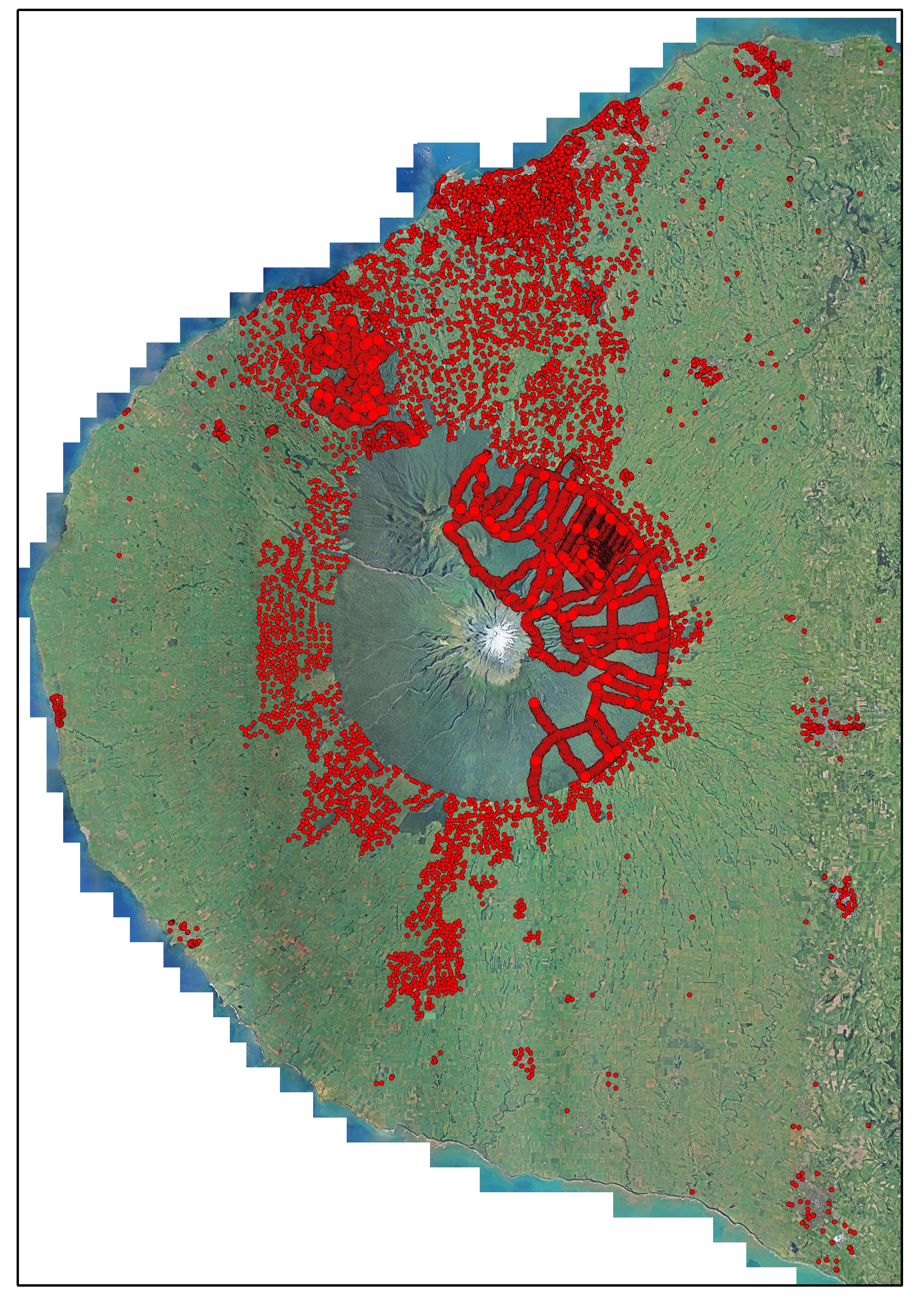A buffer of traps around Mt Taranaki is now in place, providing additional protection for native birds such as whio and kiwi.

Establishing a network of traps on private land around the border of the national park was the major rural target for Year 2 of the Taranaki Taku Tūranga - Towards Predator-Free Taranaki project, which began in 2018.
Despite the challenges of the Covid-19 lockdown, it has been completed on target and we are excited to start seeing the results. The 2900 traps target mustelids (stoats, ferrets and weasels), introduced predators that are one of the biggest threats to native species.
The buffer complements the large-scale predator-control work being done by Taranaki Mounga Project on Mt Taranaki and within the national park, which is home to 28 native and 15 introduced bird species.
The whio (blue duck) is a great example of a threatened species now thriving in the national park, thanks to the reduction in predators. According to Taranaki Mounga Project, there has been a 70% increase in whio pairs since 2011, with 44 pairs on the mounga – and plenty of ducklings who should now survive to breed.
Whio follow the rivers from the mountain and, of course, don’t stop when they get to the national park border. That’s why the trap buffer on private land is so important and why we are now starting to see whio spilling out of the park boundaries. There have also been sightings of kiwi on surrounding farmland as well as toutouwai (North Island robin), which are spreading through the national park and beyond after being reintroduced to the mounga in 2017.
As with our Year 1 farmers in the Waiwhakaiho area, we are hugely grateful for the co-operation and support of the landowners involved. While our team set up and check traps during the 4-month ‘knock down’ stage, landowners have now taken responsibility for maintaining their traps.
Econode technology (a wireless sensor) attached to each trap sends a notification to their phone or device when a trap has gone off, which is proving to be an invaluable timesaver for busy farmers.
For our team there’s no time to rest, with the rural roll-out soon to enter Year 3 of the 10-year programme. Next up is the coastal area from Okato around to Rahotu. So by this time next year another section of the region will be covered by predator control from the mountain to the sea!